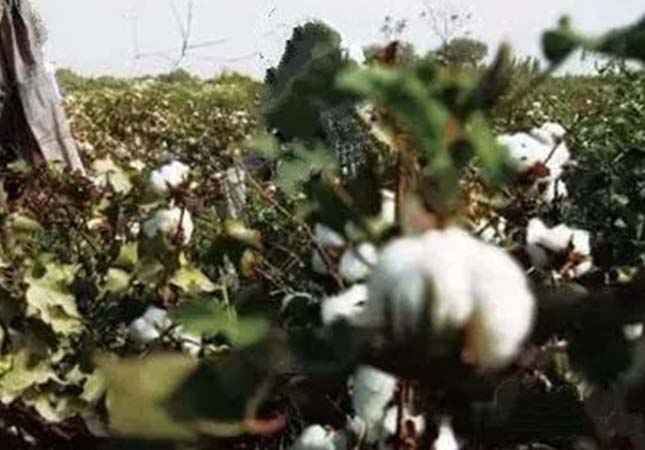Cotton weaving and spinning is to process cotton fiber into cotton yarn through machine such as jacquard machine or basic weaving machine. All the cotton fabrics manufacturing-related industry is called cotton textile industry , it originally originated in India, where cotton was commonly used in the prehistoric period of civilization, with various spindle discs and weavers in an important position. The exchange and interaction between different regions enabled the spread and dissemination of cotton textiles. The Arab world became a bridge between East and West trade during the spread process because of its geographical advantage. The English word "cotton"is derived from the Arabic word "koton".

Spread of Cotton Textiles
1. Origins of Cotton Textiles
The manufacture and consumption of cotton textiles expanded steadily around the world from 1200 AD to 1800 AD, from China and Japan to Europe and North America, gradually they replaced competitors such as ramie, linen and wool. As late as 12th century, cotton textile industry was already present in northern Italy in Milan, Venice, and Bologna, and records of cotton arriving in ships from Sicily can be found in customs records in Genoa. During the mid to late 16th century, Protestants from the low-latitude countries brought cotton textile production technologies to England because of war and religious unrest. The new settlers began to settle in Norwich, Colchester and Kent in East Anglia, the new technologies that have been spread these place are the origin of the development of the English cotton textile industry.
Differs from the slow spread of cotton textile technologies, British East India Company opened up a huge market for Indian cotton textile fabrics directly.
2. British East India Company
British East India Company reorganized and started the newly transporting method that has low cost but high efficiency in 1657, it made the cotton textiles the main commodity in trading. Then cotton textile pushed the clothing consumption revolution in the UK as soon as it been spread because of its softness, comfort and easy-dyeing. Additionally, the acceptable price is also one of the main attraction that triggered consumers' craze for cotton textiles, for a laborer who earns 15 pence per day could buy 2 fathoms of cotton after 2-week working. It stimulated the spread of Indian cotton fabrics into a larger scale in England. During 17th century and 18th century, the import of cotton fabrics in British East India company increased in a highest speed, which averaged 70-80% of total imports, much higher than the flourishing pepper and spices.
However, the new trend of oriental cotton fabrics in Britain led to the discontent of domestic woolen interests, and the outbreak of debates and protest movements on cotton fabrics restricted the further spread of cotton fabrics.
3. Conflict Between Domestic Cotton And Wool Textiles
Britain has long been dominated by the woolen textile industry, and little is known about cotton fabric that woven from plants - cotton. As their traditional national industry, woolen textiles are the most important exchange items in the trade between England and European countries and the most valuable and abundant commodity in Britain. Therefore, the British East India Company which grows prosperity because of the cotton textiles trade, hit domestic British woolen industry greatly and seriously harming the interests of domestic woolen producers and commercial capitalists. So that British supporters and opponents began a boycott of cotton fabrics by methods of pamphlets, which rose to protest movements and marches and riots in groups of the wool industry.
In 1696, a bill to ban English printed fabrics and those imported from India was introduced in the House of Commons, but was not passed because of the veto of the House of Lords." However, the national industry, which had monopolized the country for two or three centuries, would never allow the presence of Indian cotton fabrics. In 1700, the British Parliament issued a prohibition decree, "the importation of printed fabrics from India, Persia and China is absolutely prohibited: all goods seized for violation of the law shall be confiscated, auctioned or re-exported". In 1720, the crisis caused by the "South Sea Bubble" forced the government to protect the woolen industry again. In the following year, Parliament passed an act that "forbade the use or wearing of dyed plain woven cloth, whether made in England or anywhere else. While the cotton and linen blend at that period of time is considered to be a blend fabric woven from cotton, linen and wool, which belongs to a branch of the tweed industry that was not prohibited. As a result, many Indian cotton products in the name of blended wool to flourish, even the prohibition profile of the decree can not stop people's preference for Indian cotton fabrics.




